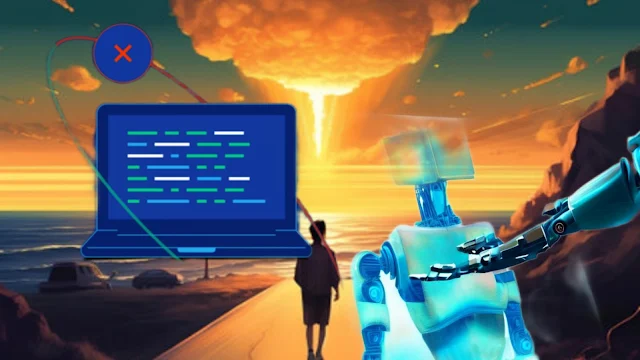Social Media networks and the internet have become vast sources of information. However, this reality has also posed a significant threat, as anyone can collect data as they please and create "fake" information.
With the increasing use of artificial intelligence tools, these new technologies have additionally made individuals more focused on visual elements. For this reason, images have become highly relevant to the subject. Therefore, it is of paramount importance to know the source of images and ensure they have not been manipulated or altered before sharing or publishing them.
Here are 3 online tools that analyze images accurately to detect if they have been professionally manipulated
FotoForensics
FotoForensics is a website that offers a diverse range of tools and techniques for analyzing digital images. These tools can be utilized to identify markers and distortions that may indicate that the image has been altered or manipulated.
Among the most popular websites, all you need to do is copy the URL or upload the image from your phone or computer to obtain a heat map that highlights the areas modified in the picture. If you don't see many red areas, it may be because the image is original, and a link to the original image will also be provided for you to verify.
Image Forensics
Image Forensics is a website that offers a diverse range of resources and tools for analyzing digital images. These resources and tools can be utilized to identify markers and distortions that may suggest the image has been altered or manipulated.
Image Forensics examines images to uncover their hidden content and accurately analyzes hidden data within any image. This assists in identifying the image's source, the original program, and provides other valuable information for those seeking additional details about the image source. This can be likened to what getghiro.org, aimed at the Linux operating system, also open source, does.
FakeImageDetector
FakeImageDetector is a website offering a diverse range of tools and techniques for detecting fake images. These tools and techniques can be utilized to identify tags and distortions that may indicate that the image has been altered or manipulated.
There is another free option that serves as a practical tool for detecting image manipulation using advanced techniques such as descriptive data analysis and ELA analysis. As you can see, a wide range of options is available, although some may require more in-depth analysis to ensure acceptable results.
These are fantastic tools that you can utilize to verify images circulating on the internet with ease.





